-
Tel : +8618150976625
-
Email : Hello@MicrofiberLeather.com
Tel : +8618150976625
Email : Hello@MicrofiberLeather.com
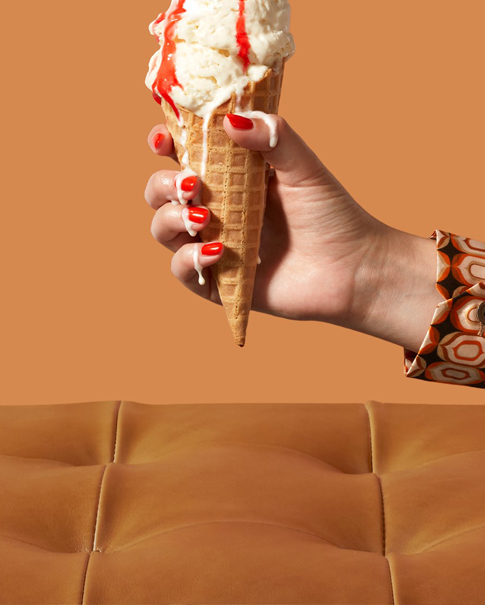
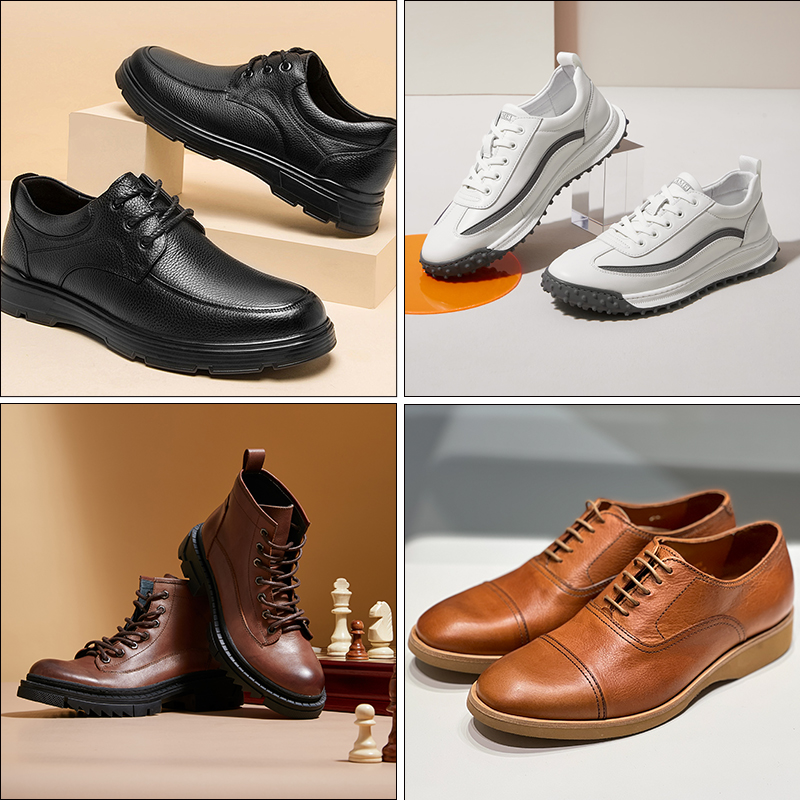
I often get asked if PU Material Shoes make a smart investment. In my experience, they offer great value for those on a budget and deliver impressive style without using animal products. On the flip side, I have noticed they sometimes lack breathability and may not last as long as genuine leather. I weigh these factors when choosing the right pair for my needs.
PU leather shoes are affordable, making them a great choice for budget-conscious shoppers.
These shoes offer a stylish look and come in various designs, perfect for casual wear.
PU leather is animal-friendly, providing a cruelty-free alternative to traditional leather.
While PU shoes are lightweight and easy to clean, they may lack breathability and durability over time.
Consider your needs carefully; PU leather works well for light use but may not be suitable for heavy-duty activities.
When I look for shoes that balance quality and price, I often turn to pu leather. The footwear industry uses both MDI and TDI polyurethanes in synthetic shoes. MDI gives shoes impressive durability, while TDI adds flexibility and comfort, especially in insoles. These features help keep the cost of pu leather shoes low without sacrificing performance. I notice that many price-sensitive shoppers compare synthetic options across brands, especially online. E-commerce makes it easy to find deals and promotions, which further increases the appeal of pu leather for budget-conscious buyers. The affordability of synthetic shoes stands out, especially when I compare pu leather vs faux leather and genuine leather.
I appreciate how synthetic shoes made from pu leather feel light on my feet. Polyurethane resin, the main component in these shoes, offers both durability and flexibility. This combination means my shoes last longer and adapt to my foot’s movement. I find that specialized formulations of pu provide extra cushioning, which supports my feet during long days. The flexibility of synthetic materials allows for better movement, making pu leather shoes comfortable for daily wear. When I compare pu leather vs faux leather, I notice that both offer similar comfort, but pu often feels more supportive over time.
Style matters to me, and synthetic shoes made from pu leather deliver a wide range of fashionable options. Manufacturers can easily mold pu into different shapes, textures, and colors. This versatility allows me to choose from trendy designs that mimic the look of real leather. Distinguishing between real leather and pu leather can be tricky because modern synthetic shoes look so convincing. I often see pu leather shoes in both classic and bold styles, making it easy to match my wardrobe. The synthetic finish also resists fading, so my shoes keep their fresh appearance longer.
One of the reasons I prefer pu leather for everyday use is its resistance to water and oil. Laboratory tests show that synthetic shoes made from pu pass strict standards for water penetration, absorption, and flexibility. Here’s a quick overview of how pu leather performs in these tests:
|
Test Name |
Purpose |
Good Result |
|---|---|---|
|
Water Penetration and Absorption |
Measure water entry and absorption |
Penetration time ≥ 60 min, Absorption ≤ 15% |
|
Dynamic Waterproofness (Flex Test) |
Water resistance while flexing |
≥ 20,000 flexes = Good, ≥ 50,000 = Excellent |
|
Hydrostatic Pressure Test |
Water pressure resistance before leakage |
≥ 5,000 mmH₂O = Waterproof, ≥ 10,000 = Highly |
|
Water Absorption and Desorption |
Absorption and release rates |
Absorption ≤ 15%, Desorption ≥ 60% |
|
Flex Resistance (Without Water) |
Flexibility and crack resistance |
No cracks after 50,000–100,000 cycles |
|
Water Spotting / Water Drop Test |
Surface resistance to water spotting |
No visible ring or color change after drying |
I find that synthetic shoes with pu leather keep my feet dry in wet conditions and resist oil stains, making them practical for unpredictable weather.
I value shoes that are easy to care for, and synthetic pu leather shoes fit this need perfectly. Unlike genuine leather, which requires careful conditioning after spills, I can simply wipe pu leather clean. This makes synthetic shoes ideal for outdoor use and less stressful during rainy days. I have noticed that distinguishing between real leather and pu leather becomes easier when I see how simple it is to maintain synthetic shoes. A quick wipe removes most stains, while genuine leather needs special treatment to avoid damage. This low-maintenance feature saves me time and effort.
As someone who cares about animal welfare, I appreciate that pu leather offers a cruelty-free alternative to traditional leather. The rise of eco-friendly and ethical consumerism has changed the way I shop for shoes. Many brands now use synthetic materials to create stylish, high-quality footwear at lower costs. I see that fast fashion brands use pu leather to meet the demand for affordable, cruelty-free options. Younger shoppers, including myself, often prefer eco-friendly and animal-friendly products. Transparency in manufacturing and eco-labeling also influence my choices, making synthetic shoes with pu leather a top pick for ethical fashion.
Durability is a key factor for me when choosing shoes. Synthetic pu leather stands out for its impressive wear resistance and toughness. Here’s a table that highlights the technical strengths of pu in footwear:
|
Property |
Contribution to Wear Resistance and Durability |
|---|---|
|
Good wear resistance |
Superior to ordinary rubber, usually 3-5 times better, making it ideal for wear resistance and shock absorption. |
|
Excellent mechanical properties |
High strength and toughness allow it to withstand large external forces and impacts. |
|
High elasticity |
Maintains high elasticity over a wide range of hardness, enabling it to recover quickly from stress. |
|
Good chemical stability |
Resists erosion from acids, alkalis, and other chemicals, maintaining stable performance in harsh environments. |
|
Oil resistance and aging resistance |
Performs well in contact with oils and chemicals, with better aging resistance than natural rubber. |
|
Superior high and low temperature resistance |
Can withstand temperatures from -50 °C to 120 °C, maintaining flexibility and elasticity in extreme conditions. |
I have found that synthetic shoes made from pu leather last longer than many other synthetic options. Their resistance to wear, chemicals, and extreme temperatures makes them suitable for various environments. The durability of pu leather ensures that my shoes stay in good shape, even with frequent use.
Tip: If you want shoes that combine style, comfort, and eco-friendly values, synthetic pu leather shoes offer a smart solution for everyday wear.
When I wear shoes made from pu leather, I notice they often feel stiffer than those made from other materials. This stiffness comes from the high strength and durability of polyurethane. While these qualities help shoes last longer, they also limit flexibility. I have compared pu shoes to those with ethylene-vinyl acetate (EVA) soles, and the difference is clear. EVA shoes bend and absorb energy better, making them more comfortable for activities that require a lot of movement. Here are some points I have observed:
Polyurethane and thermoplastic polyurethane provide high durability and strength.
The increased stiffness in pu shoes reduces their ability to absorb shock.
EVA shoes offer greater flexibility and better energy absorption, which I find more comfortable for running or sports.
If you need shoes for activities that demand flexibility, pu leather cons like stiffness can become a real drawback.
Breathability is another area where pu leather shoes often fall short. I have worn pu shoes on warm days and noticed my feet get hot and sweaty much faster than in natural leather or mesh sneakers. The synthetic surface of pu does not allow air to pass through easily. This lack of ventilation can lead to discomfort, especially during long periods of wear. I have seen brands try to improve this by adding perforations or mesh panels, but the core material still limits airflow. For people who value cool, dry feet, this is a significant disadvantage.
The environmental impact of pu leather production has become a major concern for me. I care about eco-friendly choices, so I pay close attention to how my shoes are made. The manufacturing process for pu involves chemicals and energy use, which can harm the environment. I have learned that pu is not biodegradable, which means old shoes can sit in landfills for years. Recycling pu shoes is also difficult because they often contain a mix of materials. Here is a table that compares the environmental impact of pu, leather, and recycled materials:
|
Aspect |
PU Material Impact |
Leather Impact |
Recycled Materials Impact |
|---|---|---|---|
|
Eco-friendly Formulations |
Water-based pu systems reduce VOC emissions |
Leather tanning produces harmful waste |
Lower impact due to reduced resource use |
|
Manufacturing Efficiency |
Automation reduces waste |
Resource-intensive process |
Lowers production costs and waste |
|
Sustainability Focus |
Bio-based pu innovations address concerns |
High carbon footprint |
Supports circular economy |
Despite some eco-friendly advances, the environmental implications of using pu leather remain troubling. I have read that pu can release microplastics into the environment, adding to pollution. Brands like Nike and Adidas are exploring recycled pu to reduce the environmental impact, but these solutions are still new. I always consider the environmental implications of using pu leather before making a purchase.
Comfort is a top priority for me when choosing shoes. While pu leather shoes offer some cushioning, I find they do not match the support and comfort of high-performance athletic shoes. Many athletic sneakers use advanced materials like Ortholite foam or biodegradable ETPU for superior cushioning and spring-like response. These features help keep my feet comfortable during intense activities. In contrast, pu shoes often lack the same level of support, especially for people with specific foot conditions. The limited breathability and stiffness can also make them less comfortable for all-day wear.
I often get asked, "How long does pu leather last?" In my experience, pu shoes look great when new, but their appearance can change quickly. Over time, I have seen pu leather crack, peel, or fade, especially with heavy use. Unlike genuine leather, which develops a unique patina, pu tends to show wear in less attractive ways. I have noticed that exposure to sunlight and moisture speeds up this process. If you want shoes that maintain their look for years, this is an important factor to consider. When I compare how long does pu leather last to other materials, I find that durability is not always as high as promised.
I have learned that pu leather shoes are not suitable for every activity. Their stiffness and limited breathability make them a poor choice for sports or heavy outdoor use. When I need shoes for hiking, running, or demanding work environments, I prefer options with better flexibility, cushioning, and support. Athletic shoes often feature breathable knit uppers, cushioned heel pillows, and removable insoles for a customized fit. These features are rarely found in pu shoes. If you need footwear for high-impact or specialized activities, pu may not meet your needs.
Note: While pu leather shoes offer many benefits, I always weigh these disadvantages before making a decision. The environmental impact, comfort limitations, and durability issues play a big role in my choice. If you value eco-friendly products and long-lasting performance, you may want to explore other materials.
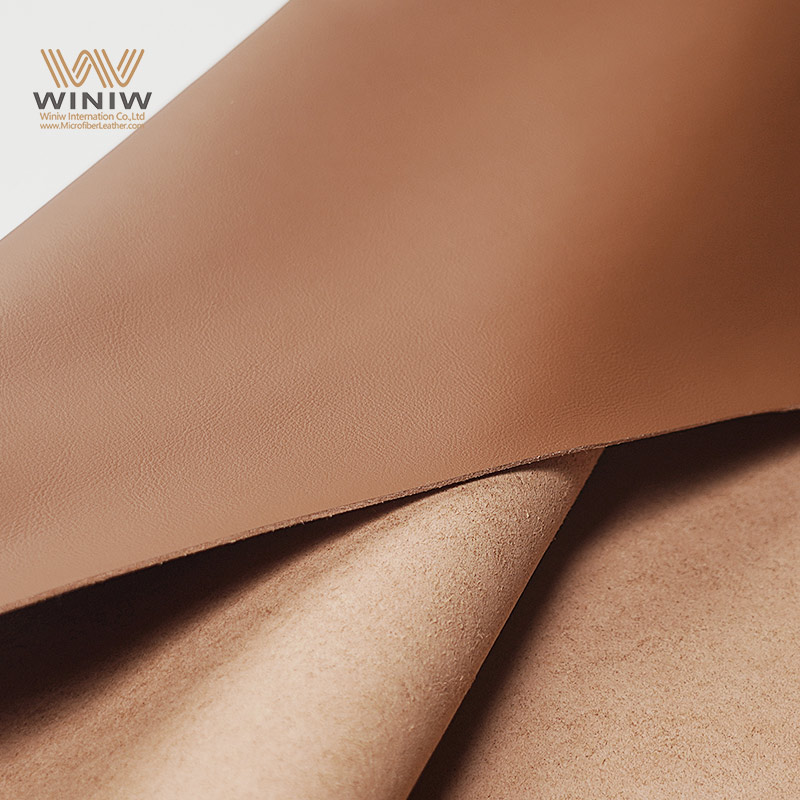
I always recommend pu leather shoes to friends who want to save money. The price point of pu leather makes it a smart choice for anyone on a tight budget. I find that pu leather shoes often cost much less than genuine leather, but they still look stylish. Many brands offer pu leather as an eco-friendly alternative to traditional materials. I have seen pu leather shoes on sale in both local stores and online shops. The affordability of pu leather allows me to buy several pairs for different occasions without breaking the bank.
When I want to update my wardrobe, I choose pu leather shoes for their style and versatility. Designers use pu leather to create trendy looks that mimic real leather. I notice that pu leather comes in many colors and finishes, which helps me match my shoes to any outfit. For casual outings or social events, I rely on pu leather shoes to keep my look fresh. The synthetic finish of pu leather resists stains and fading, so my shoes stay attractive longer. I appreciate that pu leather offers an eco-friendly alternative for fashion lovers who care about the environment.
As someone who values animal welfare, I look for shoes that do not use animal products. Pu leather stands out as an eco-friendly alternative for vegans. I see more brands labeling their pu leather shoes as vegan-friendly. This transparency makes it easier for me to shop according to my values. I feel good knowing that my pu leather shoes do not contribute to animal harm. The eco-friendly aspect of pu leather also appeals to my desire for sustainable fashion.
I often choose pu leather shoes for occasions when I do not need heavy-duty footwear. For example, I wear pu leather shoes to the office or for short walks. The lightweight nature of pu leather makes these shoes comfortable for daily use. I find that pu leather works well for events where I want to look polished but do not need maximum durability. When I want an eco-friendly alternative for light or occasional wear, pu leather shoes meet my needs perfectly.
Tip: If you want affordable, stylish, and eco-friendly shoes, pu leather is a great option for many everyday situations.
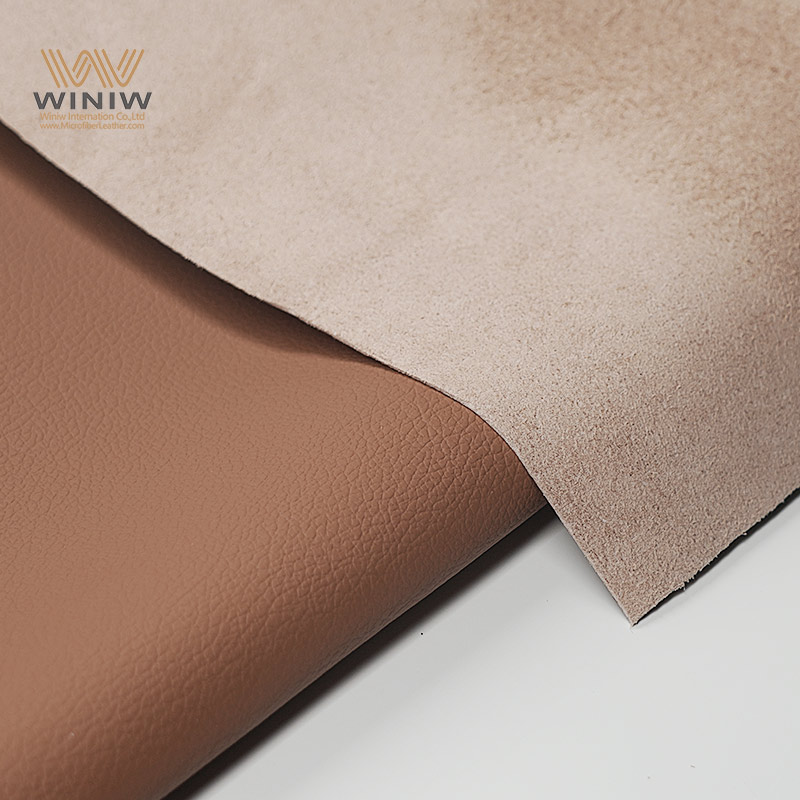
I have worn pu leather shoes during outdoor activities. The material often fails to withstand rough terrain and constant exposure to moisture. When I hike or work outside, I need shoes that offer flexibility and resilience. Pu leather tends to crack or peel after repeated contact with rocks and mud. I notice that the soles lose grip quickly, which increases the risk of slipping. For heavy-duty tasks, I rely on footwear made from more robust materials. Pu leather shoes do not provide the durability required for demanding environments.
Durability matters most when I choose shoes for daily wear. Pu leather shoes look appealing at first, but they show signs of wear faster than genuine leather. I see creases and surface damage after only a few months of regular use. The synthetic coating on pu leather often peels, especially around the toe and heel. When I need shoes that last for years, I avoid pu leather. The material cannot match the long-term performance of natural leather or advanced synthetics. I recommend pu leather only for occasional use, not for situations that demand high durability.
Athletic activities require shoes with superior support and breathability. I have tried running in pu leather sneakers. My feet felt hot and uncomfortable after a short time. The lack of ventilation in pu leather restricts airflow, which leads to excessive sweating. I also notice that the stiffness of pu limits my movement. For sports or high-impact exercise, I prefer shoes with mesh uppers and cushioned soles. Pu leather does not deliver the flexibility or comfort needed for athletic performance. I advise athletes to choose footwear designed specifically for their sport.
I care about eco-friendly choices and sustainability. Pu leather shoes often use petrochemicals, which increase their carbon footprint. When I compare pu leather to sustainable footwear, I see clear differences:
|
Aspect |
PU Material Shoes |
|
|---|---|---|
|
Material Source |
Often derived from petrochemicals |
Bio-based formulations from renewable resources |
|
Environmental Impact |
Higher carbon footprint due to petrochemical use |
Lower carbon footprint, promoting sustainability |
|
Innovations |
Bio-based and recyclable PU formulations emerging |
Focus on circular economy and recyclability |
|
Regulatory Compliance |
Compliance encourages eco-friendly innovations |
Strong emphasis on sustainable practices |
I notice that sustainable shoes use renewable resources and focus on recyclability. Pu leather shoes lag behind in eco-friendly practices. Although some brands experiment with bio-based pu, the majority still rely on traditional manufacturing. I choose eco-friendly footwear when I want to reduce my environmental impact. Pu leather does not align with my values for sustainability.
If you need shoes for tough conditions, sports, or want to support eco-friendly initiatives, pu leather may not be the best option.
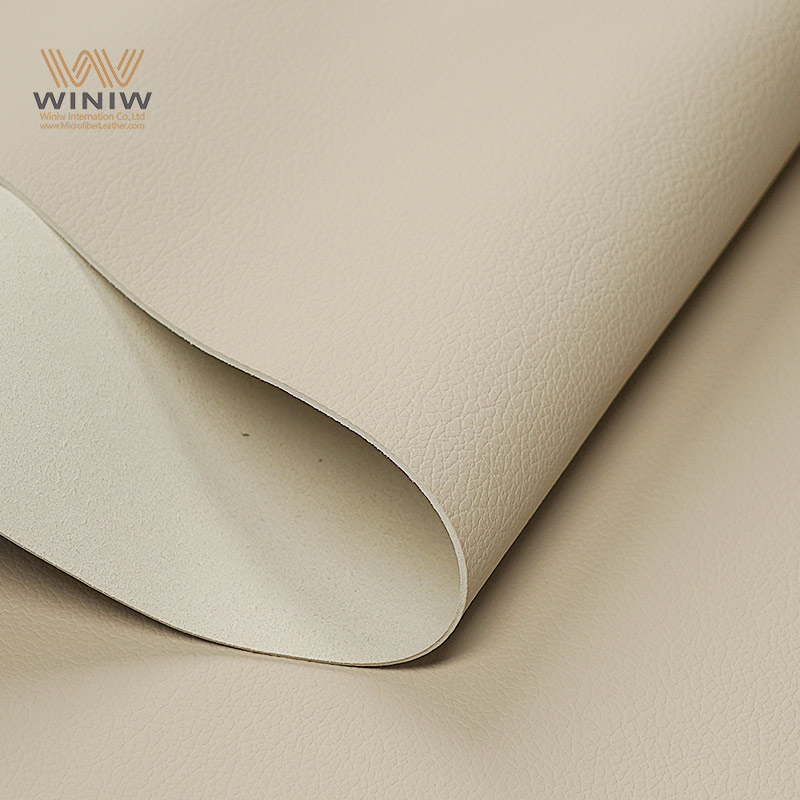
When I consider buying pu material shoes, I always start by listing the main advantages and disadvantages. I find that pu leather offers a stylish look, affordable price, and animal-friendly appeal. These shoes often come in many colors and designs, which makes them a favorite for fashion-forward shoppers. I also appreciate that pu leather resists water and oil, making daily care simple. However, I notice that pu material shoes can feel stiff and may not breathe well. Over time, pu leather tends to crack or peel, especially with heavy use. The environmental impact of pu also concerns me, since most pu material shoes do not break down naturally.
Here is a quick table I use to compare the main points:
|
Pros of PU Leather Shoes |
Cons of PU Leather Shoes |
|---|---|
|
Affordable |
Can feel stiff |
|
Stylish and versatile |
Limited breathability |
|
Easy to clean |
May crack or peel over time |
|
Animal-friendly |
Not biodegradable |
|
Water and oil resistant |
Less durable for heavy use |
I always remind myself that no shoe material is perfect. The best choice depends on what I value most.
I match my shoe choices to my lifestyle and priorities. If I want affordable, trendy footwear for casual outings, I choose pu material shoes. When I need shoes for light office wear or occasional events, pu leather works well. For those who care about animal welfare, pu leather provides a solid vegan option. However, if I plan to hike, run, or work outdoors, I avoid pu material shoes. I look for more durable materials when I need long-lasting performance. If sustainability matters most, I research brands that use recycled or bio-based pu.
I always ask myself these questions before buying:
Will I wear these shoes every day or just occasionally?
Do I need maximum comfort and breathability?
How important is animal welfare or eco-friendliness to me?
Am I willing to trade some durability for a lower price?
By answering these questions, I make sure my next pair of pu material shoes fits my needs and values.
After weighing the pros and cons, I see that pu leather shoes offer real value for many people. I choose pu leather when I want affordable, stylish, and animal-friendly footwear. I know pu leather does not last as long as some materials, but it meets my needs for casual and light use. I always check if pu leather fits my lifestyle before buying. I encourage you to think about your priorities. If you want easy care and modern style, pu leather can work well. I trust my experience with pu leather to guide my choices. You can feel confident in your decision when you understand what pu leather offers.
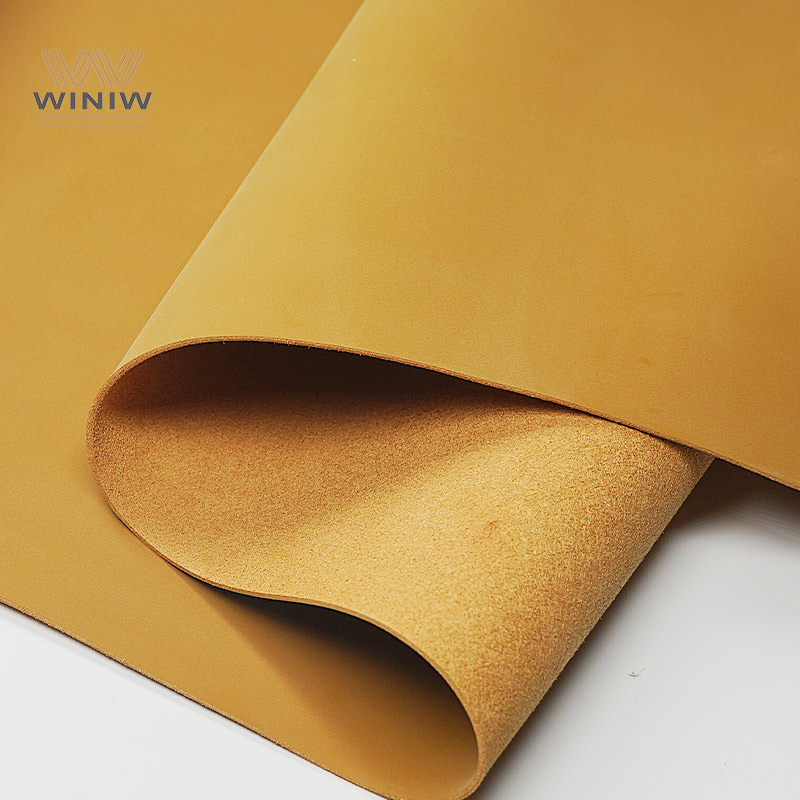
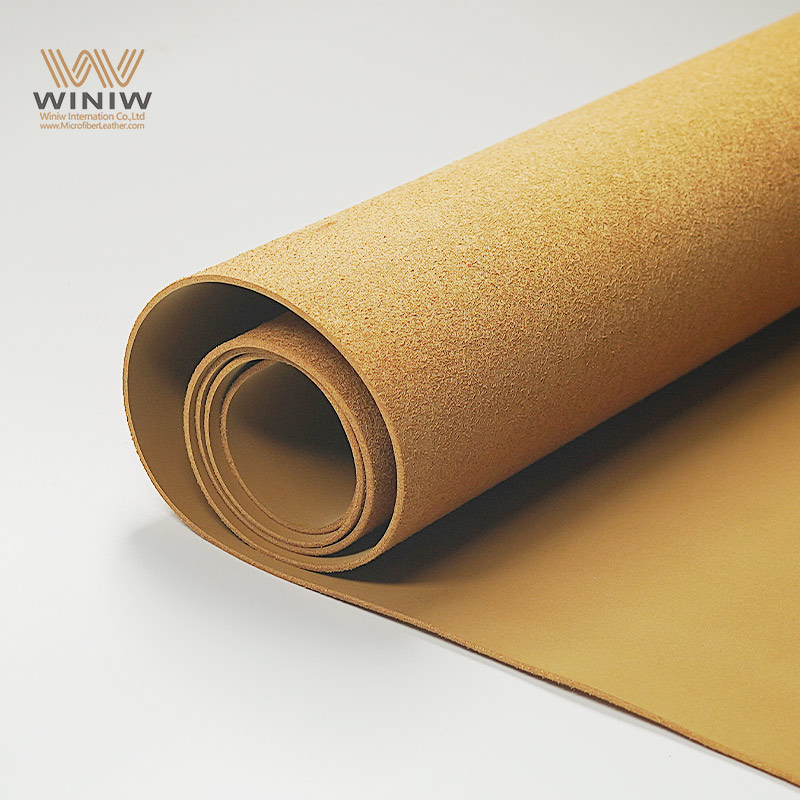
I see pu leather as a synthetic material made from polyurethane. It looks like real leather but costs less. Pu leather does not use animal hides. I notice that real leather feels softer and lasts longer, while pu leather offers more color choices and easier cleaning.
I wear pu leather shoes on rainy days. The surface resists water and oil. Pu leather keeps my feet dry during light showers. I wipe off spills easily. I avoid deep puddles because pu leather may not stay waterproof in heavy rain.
I find that pu leather shoes last about one to two years with regular use. The material can crack or peel over time. I see that pu leather does not develop a patina like real leather. I replace my pu leather shoes when they show visible wear.
I wear pu leather shoes for short outings. The material feels light, but I notice less breathability. Pu leather can feel stiff after hours of use. I choose pu leather shoes for casual events, not for long walks or athletic activities.
I research pu leather before buying. Most pu leather comes from petrochemicals. The production process uses energy and chemicals. Pu leather does not break down easily. I look for brands using recycled pu or bio-based pu leather to reduce environmental impact.
Tip: I always check product labels for eco-friendly pu leather options.
Hot Tags :
Luxury Looks Feeling Faux Suede for Jewelry Display Stands
What Is Polyurethane Clothing and Why Choose It
Business Phone : +8618150976625
E-mail : Hello@MicrofiberLeather.com
Mobile & WhatsApp : +8618150976625
Address : W6-302 Shimao Manhadun Shuanglong Road, Jinjiang Quanzhou Fujian China

© Copyright 2022 Winiw International Co.,Ltd.All Rights Reserved.
XML | Privacy Policy |

